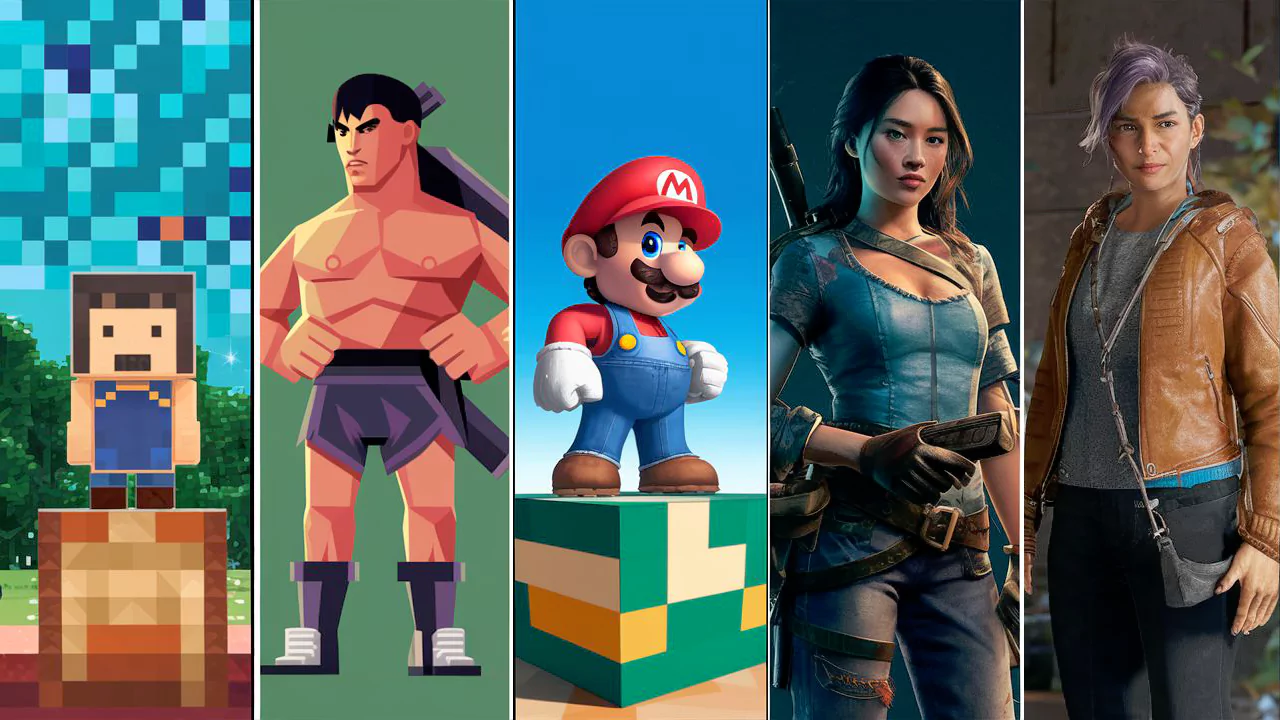
Game Graphics
Fasten your seatbelts, gamers, because the future of video game graphics is about to blow your mind. We’re diving into a world of hyper-realistic environments, characters that breathe life into the game, and an overall experience that pushes the boundaries of immersion.
Next-Gen Technologies Shaping the Future:
- Ray Tracing: Forget flat lighting. Ray tracing simulates real-world light behavior, creating stunning shadows, reflections, and global illumination. Imagine sunlight dappling through a forest or firelight dancing on a character’s face.
- Material Science Goes Digital: Next-gen games embrace advanced material simulations. Surfaces will react to light and touch with incredible realism. Picture gleaming armor, fabrics that drape realistically, or mud squelching underfoot – all rendered in meticulous detail.
- Volumetric Effects: Breathe Life into the World: Get ready for fog that rolls in like a living entity, smoke that plumes skyward, and underwater environments teeming with light shafts. Volumetric effects add a whole new layer of depth and realism to in-game atmospheres.
- AI-powered Animation: Goodbye Canned Movements: Imagine characters that move with human-like fluidity. AI is revolutionizing animation, allowing for dynamic movements that adapt to the environment and player interaction. Prepare to be immersed in games where every twitch, turn, and expression feels genuine.
- Procedural Generation: Endless Exploration: Open world games are about to explode in size. Procedural generation techniques will create vast, unique landscapes on the fly, ensuring endless exploration and discovery. Imagine sprawling jungles where every detail is meticulously crafted, yet completely unique.
Beyond the Tech: The Future of Game Design
The future of game graphics isn’t just about visual fidelity; it’s about creating a truly immersive experience. Here’s a look at some additional trends:
- Balancing Fidelity and Performance: Pushing graphical boundaries requires powerful hardware. However, developers are working on optimization techniques like dynamic resolution scaling and AI-assisted texture streaming to ensure a smooth experience on less powerful machines.
- The Art of Style: Even with hyper-realistic capabilities, there will always be a place for unique art styles. Indie developers and creative powerhouses might choose to push the boundaries of artistic expression rather than pure photorealism. Imagine games with vibrant, hand-painted textures or dreamlike worlds.
- AI in Content Creation: AI can be a powerful tool for game developers, not just for animation but for content creation in general. Imagine AI-assisted tools that help generate realistic environments, populate them with diverse characters, or even write branching storylines that adapt to player choices. This could revolutionize game development, allowing for richer and more expansive experiences.
- Blurring the Lines Between Realities: Advancements in VR and AR will further blur the line between game and reality. Imagine experiencing a next-gen game in VR, where hyper-realistic graphics and immersive environments truly transport you to another world. AR could also play a role, potentially overlaying game elements onto the real world for a unique blended experience.
The future of game graphics is about the creative possibilities unlocked by technology. This is an exciting time to be a gamer, and with these next-gen advancements, the future of gaming looks truly breathtaking.
